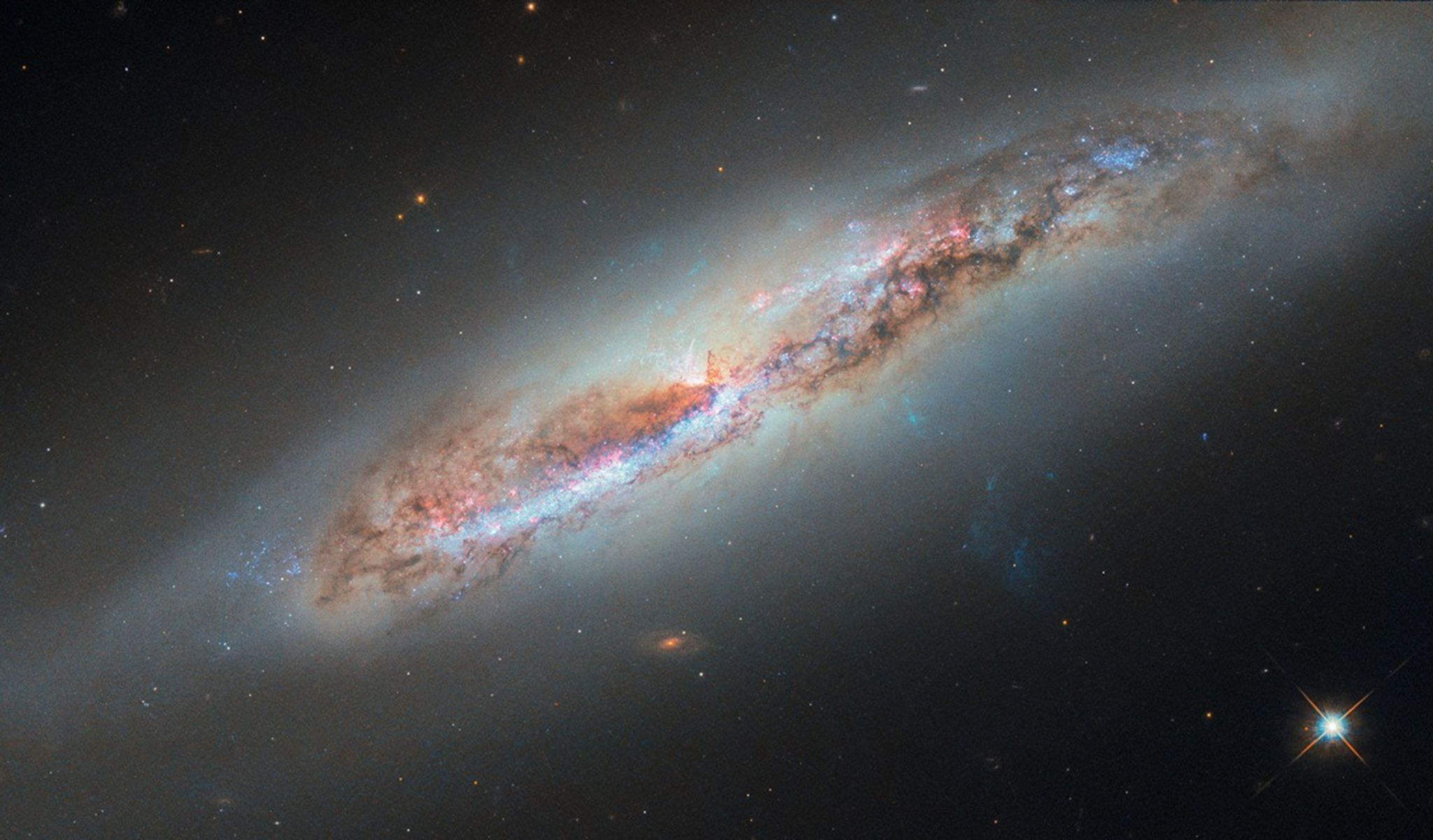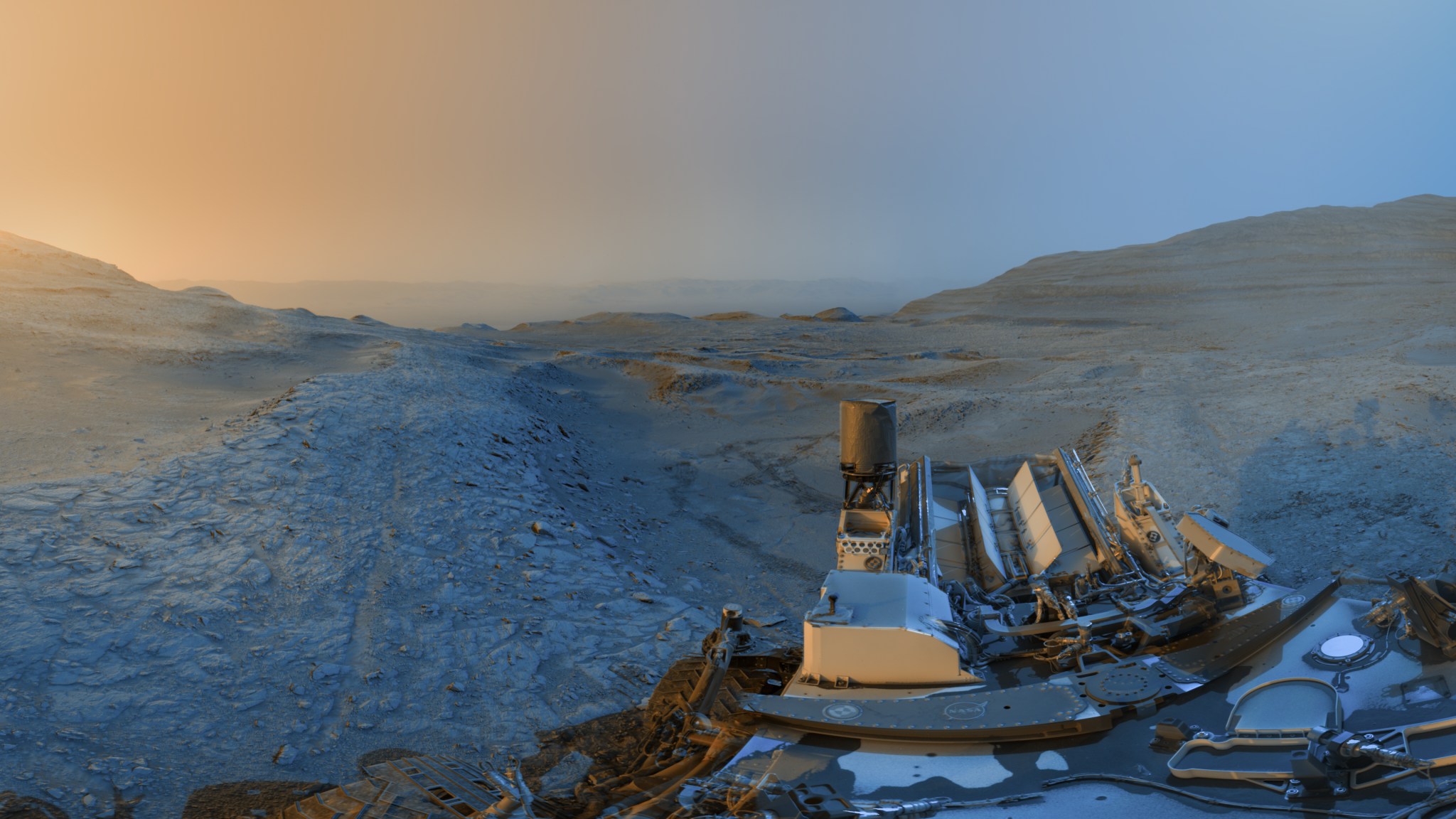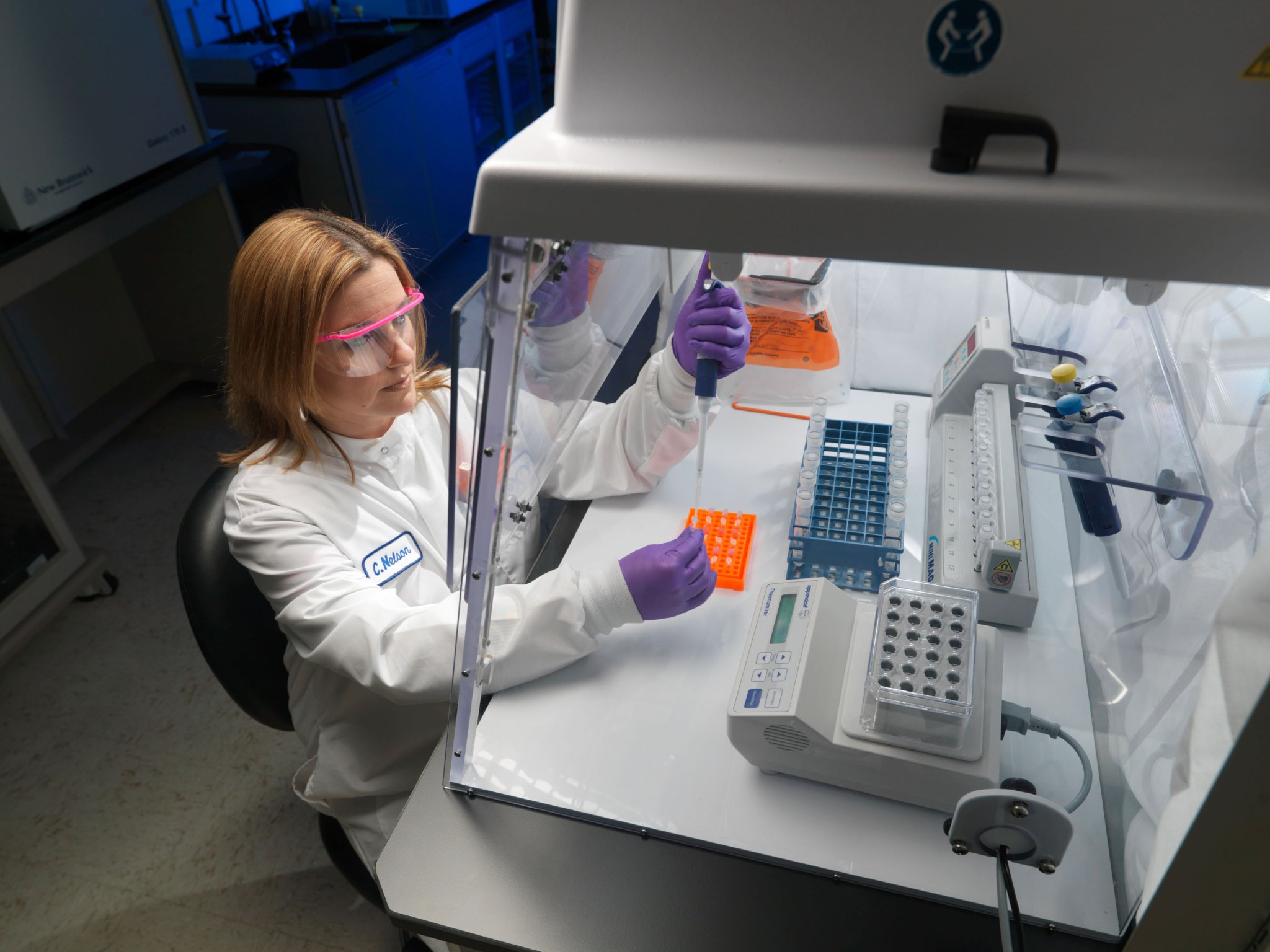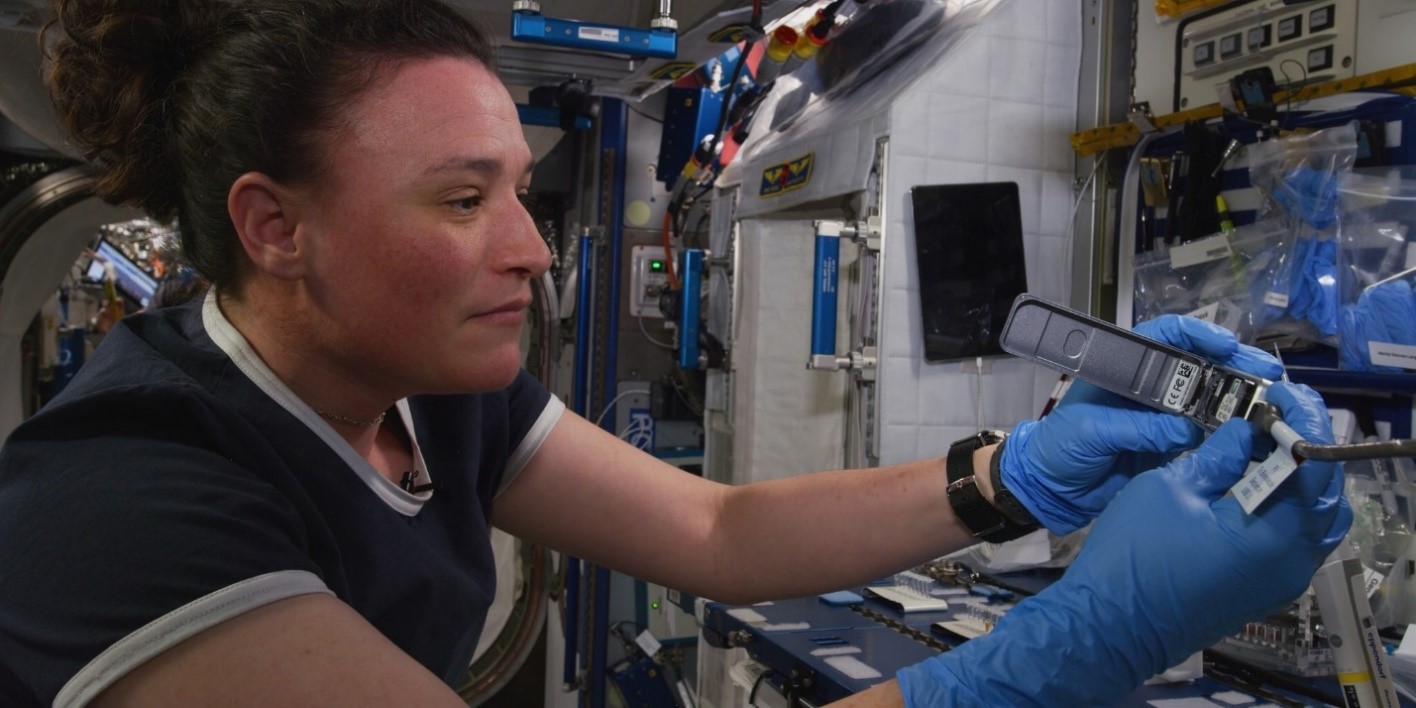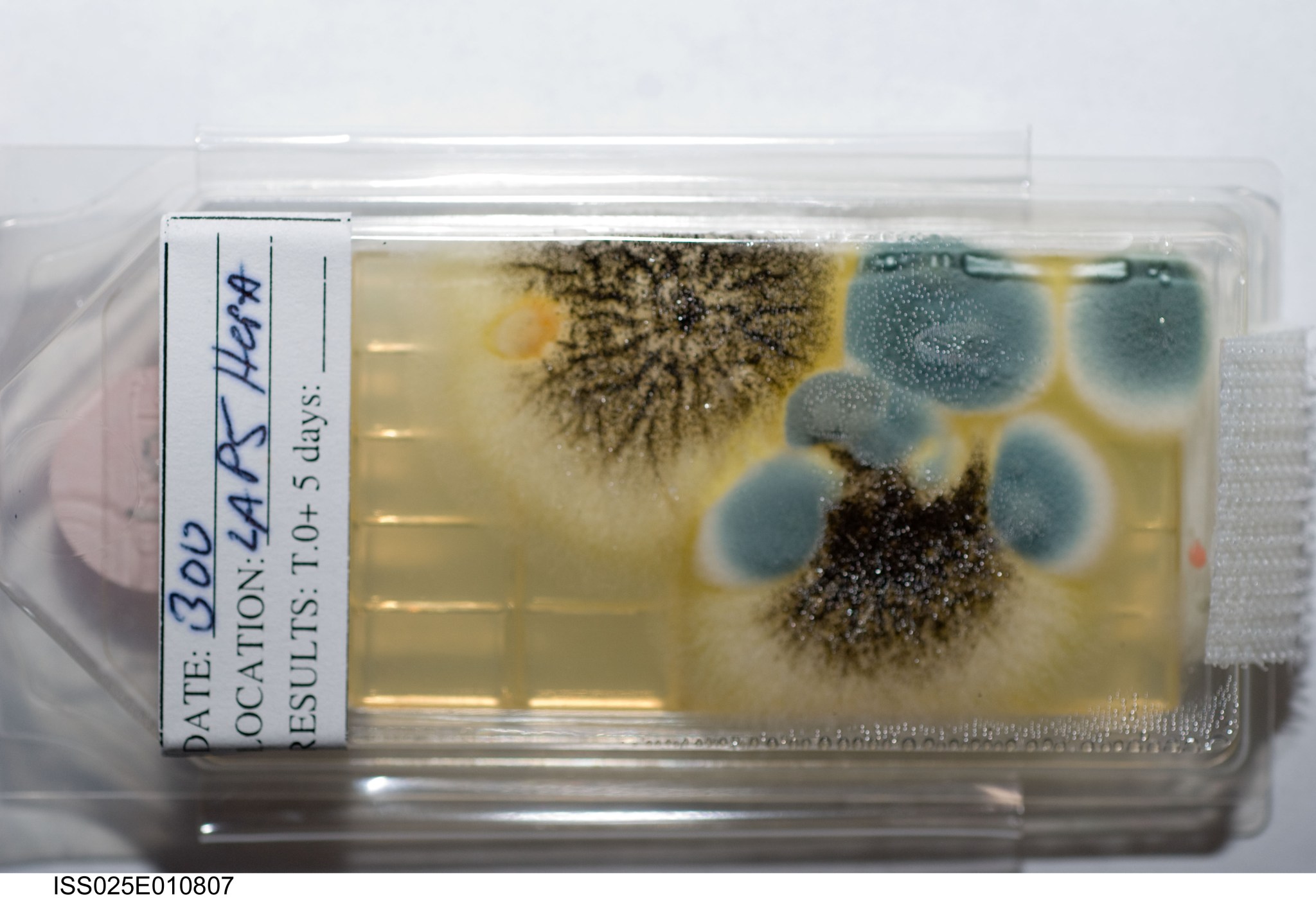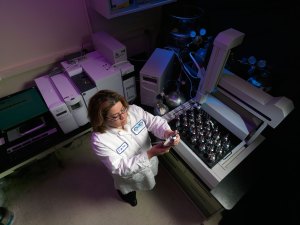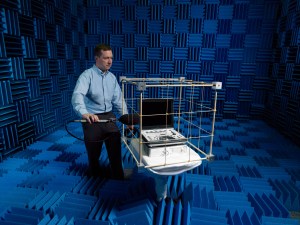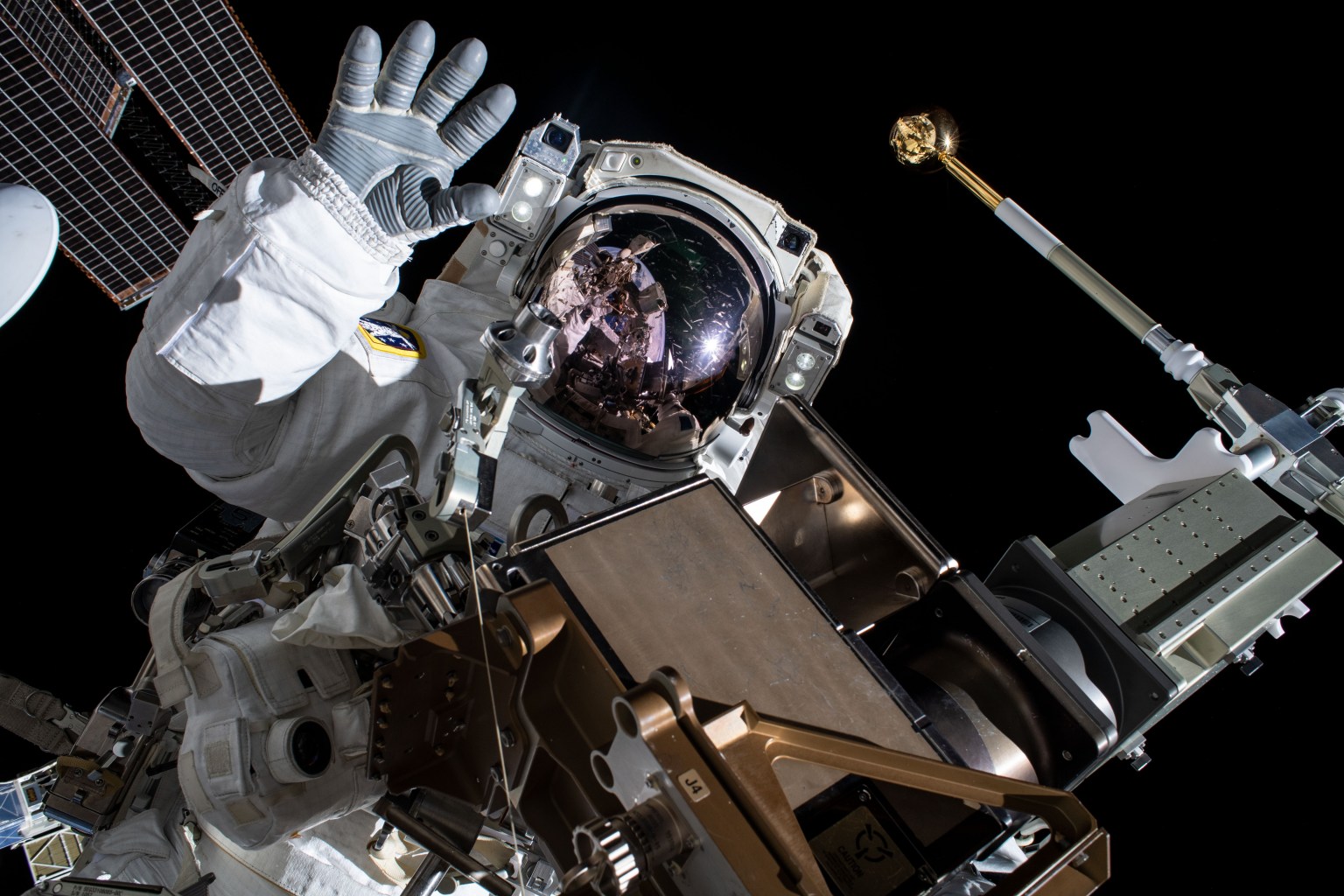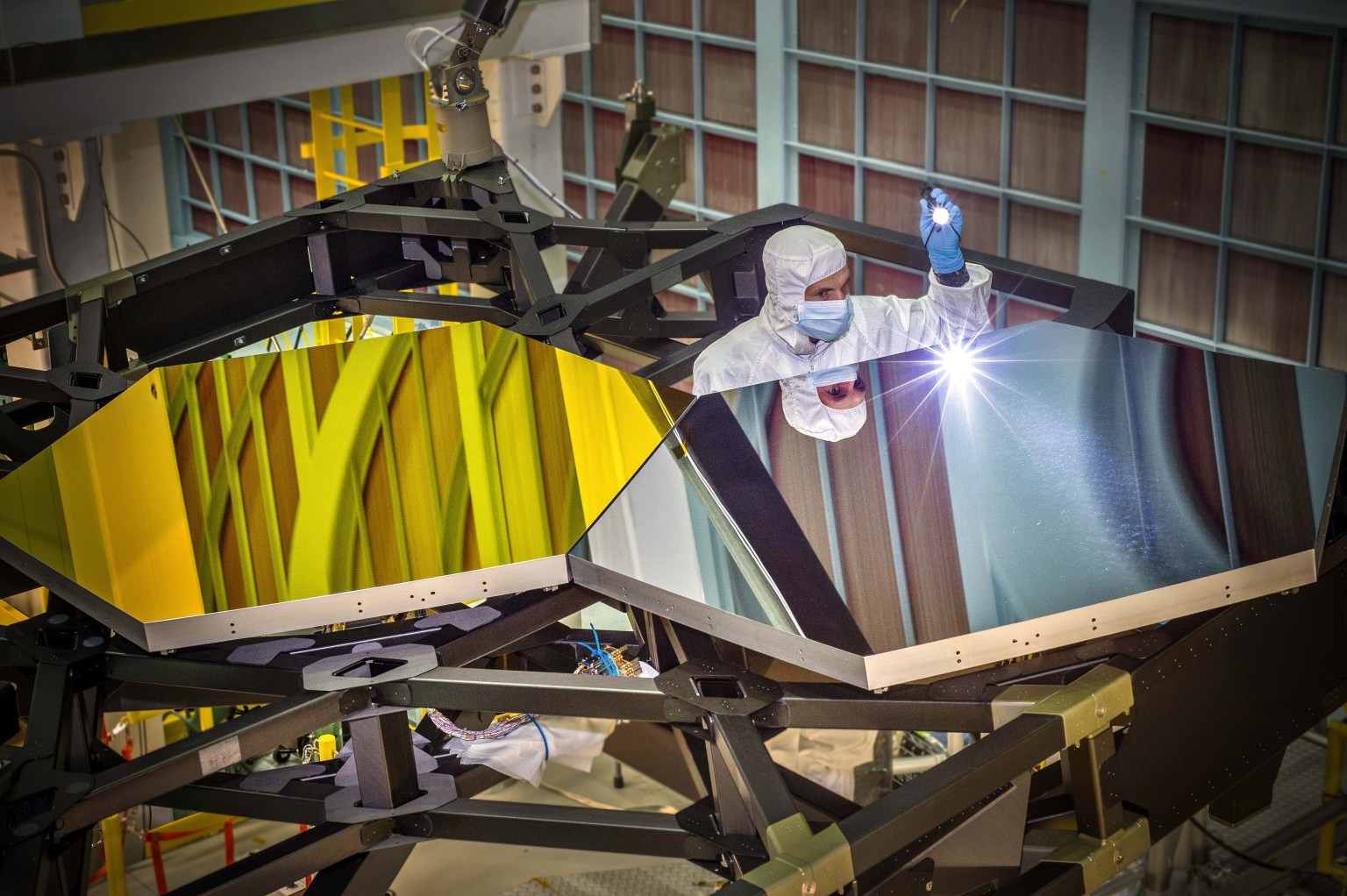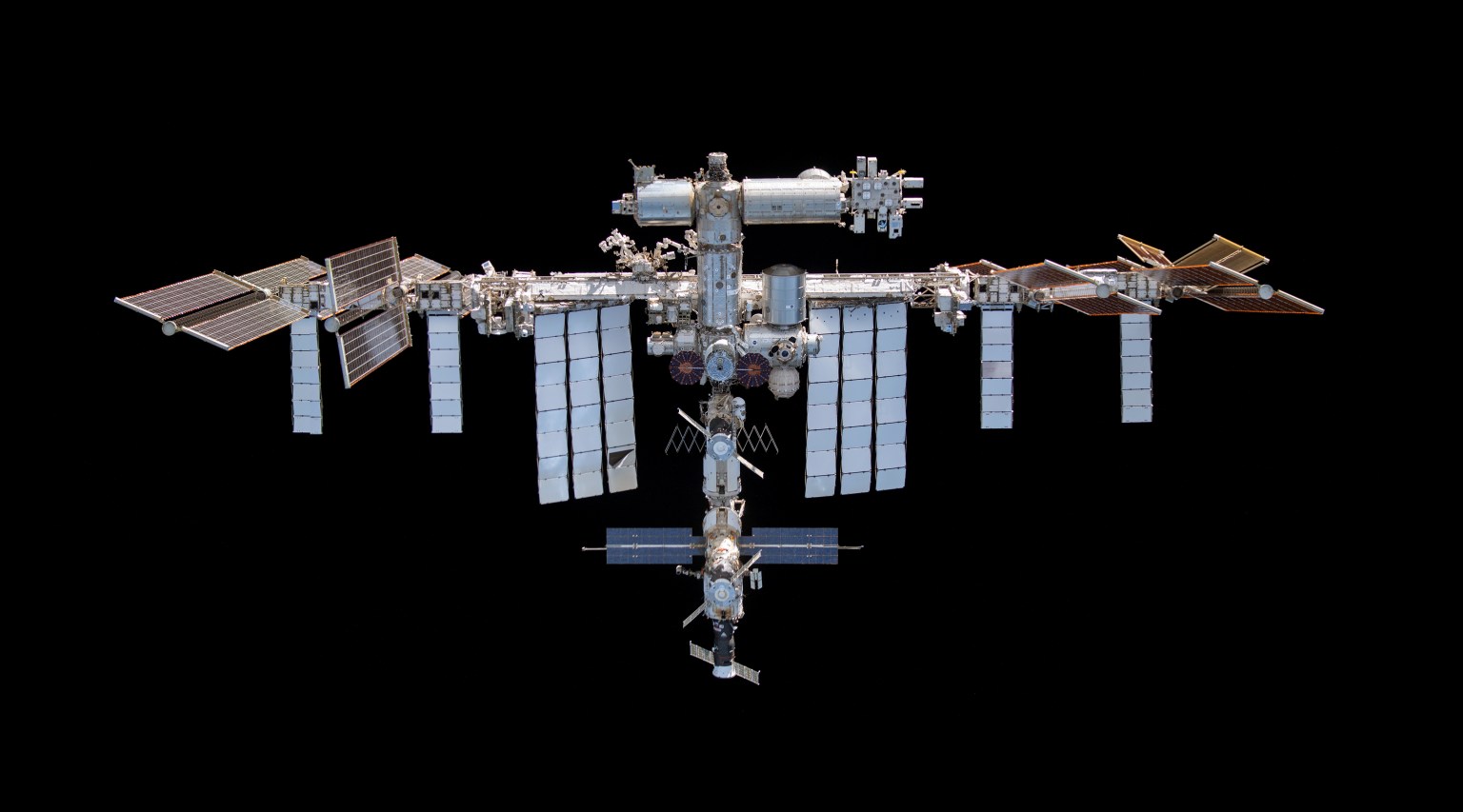📰 Trending Topics
Google News - Trending
New year, new hue: Here are the colors trending in 2026 - The Detroit News
2026-01-01 20:13
USC Trojans Trending For Five-Star Safety Recruit - Sports Illustrated
2026-01-03 18:09
Google News - Technology
LG TVs at CES 2026: A stunning Wallpaper set, glorious Micro RGB colors and a better Gallery TV - Engadget
2026-01-05 03:37
- LG TVs at CES 2026: A stunning Wallpaper set, glorious Micro RGB colors and a better Gallery TV Engadget
- LG Rolls Out Its W6 Wallpaper OLED TV With Ultra-High Brightness CNET
- Details leak about LG's next flagship TV upgrades — expect boosts to brightness, anti-reflection tech and more TechRadar
- LG Wallpaper OLED TV is back and now it’s completely wireless (and actually affordable) Tom's Guide
- LG’s Wallpaper OLED TV returns to CES, and it’s wafer thin The Verge
Lockin's everlasting vein-recognizing smart lock doorbell cam combo is peak CES - Engadget
2026-01-05 01:34
- Lockin's everlasting vein-recognizing smart lock doorbell cam combo is peak CES Engadget
- My Favorite CES Product Might Be This Ingenious Wireless Smart Lock CNET
- Lockin’s New Smart Locks Never Need Recharging Thanks to Infrared Light Gizmodo
- Lockin’s new vein-scanning smart lock has a video doorbell and recharges wirelessly The Verge
- Lockin Debuts First-of-Its Kind Optical-Charging Smart Lock with Eternal, Zero-Maintenance Power at CES 2026 Yahoo Finance
Plaud launches a new AI pin and a desktop meeting notetaker - TechCrunch
2026-01-04 16:28
- Plaud launches a new AI pin and a desktop meeting notetaker TechCrunch
- My CES 2026 Secret Weapon? This New Wearable AI Note-Taking Pin From Plaud CNET
- Plaud updates the NotePin with a button The Verge
- Plaud's latest AI wearable has a button for flagging key moments Engadget
- Plaud Desktop Captures Your Virtual Meetings Without the Bot Awkwardness The Gadgeteer
I just want to keep unfolding the Samsung Z Trifold - The Verge
2026-01-05 04:02
- I just want to keep unfolding the Samsung Z Trifold The Verge
- [Interview] ‘I Came to Korea for This’: A Journalist With 1,800 Phones on Galaxy Z TriFold samsung.com
- Samsung Galaxy Z Trifold Hands-On: Way Better Than I Expected Gizmodo
- Samsung’s First Trifold Phone Is Expensive and Half-Baked Bloomberg.com
- Samsung Galaxy Z TriFold: Specs, U.S. release date, reviews Mashable
Subtle releases ear buds with its noise isolation models - TechCrunch
2026-01-04 12:00
- Subtle releases ear buds with its noise isolation models TechCrunch
- The Subtle Voicebuds use AI to transcribe your words below a whisper, or in very loud spaces (like the CES show floor) Engadget
- Subtle Introduces Voicebuds - Reinventing Earbuds for Personal Voice Computing Yahoo Finance
- Subtle's AI Earbuds Challenge AirPods With Voice Dictation The Tech Buzz
- Subtle Launches Voicebuds with Advanced Voice Isolation for Clearer Calls Букви
NASA - Breaking News
Hubble Glimpses Galactic Gas Making a Getaway
2026-01-02 15:39
A sideways spiral galaxy shines in this NASA/ESA Hubble Space Telescope image. Located about 60 million light-years away in the constellation Virgo (the Maiden), NGC 4388 is a resident of the Virgo galaxy cluster. This enormous cluster of galaxies contains more than a thousand members and is the nearest large galaxy cluster to the Milky Way.
NGC 4388 appears to tilt at an extreme angle relative to our point of view, giving us a nearly edge-on prospect of the galaxy. This perspective reveals a curious feature that wasn’t visible in a previous Hubble image of this galaxy released in 2016: a plume of gas from the galaxy’s nucleus, here seen billowing out from the galaxy’s disk toward the lower-right corner of the image. But where did this outflow come from, and why does it glow?
The answer likely lies in the vast stretches of space that separate the galaxies of the Virgo cluster. Though the space between galaxies appears empty, this space is occupied by hot wisps of gas called the intracluster medium. As NGC 4388 moves within the Virgo cluster, it plunges through the intracluster medium. Pressure from hot intracluster gas whisks away gas from within NGC 4388’s disk, causing it to trail behind as NGC 4388 moves.
The source of the ionizing energy that causes this gas cloud to glow is more uncertain. Researchers suspect that some of the energy comes from the center of the galaxy, where a supermassive black hole spins gas around it into a superheated disk. The blazing radiation from this disk might ionize the gas closest to the galaxy, while shock waves might be responsible for ionizing filaments of gas farther out.
This image incorporates new data, including several additional wavelengths of light, that bring the ionized gas cloud into view. The image holds data from several observing programs that aim to illuminate galaxies with active black holes at their centers.
Image credit: ESA/Hubble & NASA, S. Veilleux, J. Wang, J. Greene
2026 AAS Town Hall Schedule
2025-12-31 02:00
2 min read
2026 AAS Town Hall Schedule
247th American Astronomical Society (AAS) Meeting
SATURDAY, JANUARY 3
| 8:30AM – 6:0PM | NASA’s Exoplanet Exploration Program Analysis Group (ExoPAG) | 301D | Josh Pepper, Dawn Gelino, Karl Stapelfeldt, Nick Siegler, Jessie Christiansen |
SUNDAY, JANUARY 4
| 8:30AM – 12:15PM | NASA’s Exoplanet Exploration Program Analysis Group (ExoPAG) | 301D | ||||
| 9:00AM – 2:00PM | NASA’s Cosmic Origins Program Analysis Group (COPAG) | Peter Kurczynski | ||||
| 7:30PM – 9:30PM | NASA’s Physics of the Cosmos Program Analysis Group (PhysPAG) | Francesca Civano | ||||
| NASA’s Joint Program Analysis Group | Shawn Domagal-Goldman |
MONDAY, JANUARY 5
| 12:45 PM – 1:45 PM | NASA Update | West Building 301AB | Shawn Domagal-Goldman | |||
| 2:00 PM- 3:30 PM | Beyond the Mid-Decadal: Community Inputs for Space Mission Concepts Toward Astro 2030 | 335B |
TUESDAY, JANUARY 6
| 9:30AM – 10:30AM | Active Galatic Nuclei SIG | 131A | ||||
| 10:00AM – 11:30AM | NASA’s Habitable Worlds Observatory | 224 B | Robert Zellem | |||
| 10:00AM – 11:30AM | A NICER Look at the Energetic Universe | 225 B | ||||
| 5:30PM – 6:30PM | NASA’s Habitable Worlds Observatory | Exhibit Hall B/C/D | ||||
| 6:00PM – 8:00PM | NASA-DARES Community Update | 126 C |
WEDNESDAY, JANUARY 7
| 9:30AM – 10:00AM | NASA Cosmic Pathfinders Program | 127 A/B | ||||
| 10:00AM – 11:30AM | NASA Infrared Science and Technology Interest Group | 231 A/B/C | ||||
| 10:00AM – 11:30AM | Introducing NASA’s Astrophysics Cross-Observatory Science Support (ACROSS) Facility | 226 B | Brian Humensky | |||
| 1:00PM – 2:30PM | Get Involved with NASA Citizen Science | 226 C | ||||
| 2:00PM – 3:30PM | Meeting of NASA’s Active Galactic Nuclei Science Interest Group (AGN SIG) | TBD | ||||
| 3:00PM – 4:30PM | Get Involved with NASA Citizen Science | Exhibit Hall B/C/D | ||||
| 5:30PM – 6:00PM | NASA Artificial Intelligence Science and Technology Interest Group | 231 A/B/C |
2026 AAS Hyperwall Schedule
2025-12-31 01:35
2 min read
2026 AAS Hyperwall Schedule
247th American Astronomical Society (AAS) Meeting
Join NASA in the Exhibit Hall (Booth #401) for Hyperwall Storytelling by NASA experts. Full Hyperwall Agenda below.
SUNDAY, JANUARY 4
| 6:45 – 7:00 PM | Nancy Grace Roman Space Telescope | Dominic Benford |
| 7:00 – 7:15 PM | Storytelling with NASA: Eyes on Exoplanets | Anjali Tripathi |
| 7:15 – 7:30 PM | Roman Space Telescope Update | Julie McEnery |
| 7:30 – 7:45 PM | The Search for Life in the Universe with Habitable Worlds Observatory | Giada Arney |
| 7:45 – 8:00 PM | The James Webb Space Telescope Engineering History | Lee Feinberg |
MONDAY, JANUARY 5
| 9:00 – 9:15AM | Galaxies Across Cosmic Time with JWST and Roman | Aaron Yung | |
| 9:15 – 9:30AM | The Hubble Space Telescope: Next Era of Discovery | Jennifer Wiseman | |
| 9:30 – 9:45AM | Cosmic Pathfinders | Ron Gamble | |
| 9:45- 10:00AM | Preliminary Findings from the NASA Technosignatures Database | Nick Siegler | |
| 5:30 – 5:45PM | Habitable Worlds Observatory From Gas to Galaxies to Life in the Universe |
Kevin France | |
| 5:45 – 6:00PM | Space Servicing: From Hubble to Habitable Worlds | John Grunsfeld | |
| 6:00 – 6:15PM | Supernova Cosmology with Roman | Rebekah Hounsell | |
| 6:15- 6:30PM | What Even is Bayesian Analysis, and Why Do I Care? | Natasha Latouf |
TUESDAY, JANUARY 6
| 9:00 – 9:15AM | Revealing the Faintest Galaxies in the Nearby Universe with Roman | Aaron Yung | |
| 9:15 – 9:30AM | Open Science Training for Researchers | Jennifer Wiseman | |
| 9:30 – 9:45AM | Universe in 24 hours | Ron Gamble | |
| 9:45- 10:00AM | Beyond ADS: SciX as the Next-Generation Platform for Earth and Space Science Research | Nick Siegler | |
| 5:30 – 5:45PM | From Ground Tests to Science with the Wide Field Instrument | Kevin France | |
| 5:45 – 6:00PM | Habitable Worlds Observatory and the Search for Life | John Grunsfeld | |
| 6:00 – 6:15PM | Laser Interferometry Space Antenna : Measuring Low Frequency Gravitational Waves from the Universe | Rebekah Hounsell | |
| 6:15- 6:30PM | Our Cosmic Roots, Kinship, and Destiny with the Habitable Worlds Observatory | Natasha Latouf |
WEDNESDAY, JANUARY 7
| 9:00 – 9:15AM | What Can Roman Do for You? Explore Its Four Community-Defined Surveys | Karoline Gilbert | |
| 9:15 – 9:30AM | Galaxies | Benne Holwerda | |
| 9:30 – 9:45AM | The NASA Exoplanet Science Institute: Making Exoplanet Science Easier | Catherine Clark | |
| 5:30 – 5:45PM | Science from the Roman Space Telescope Galactic Bulge Time-Domain Survey | Robby Wilson | |
| 5:45 – 6:00PM | The Pandora SmallSat: Exploring Exoplanet Atmospheres | Thomas Barclay | |
| 6:00 – 6:15PM | How Did the Universe Become Habitable? Get Involved with NASA’s Cosmic Origins Group | Sabrina Stierwalt |
THURSDAY, JANUARY 8
| 9:00 – 9:15AM | Science with Petabyte-Scale Data: Cloud Platforms | Thomas Dutkiewicz | |
| 9:15 – 9:30AM | The Future of the Transiting Exoplanet Survey Satellite | Nicole Schanche | |
| 9:30 – 9:45AM | Is There an Atmosphere on the Habitable-Zone Planet TRAPPIST-1 e? | Nestor Espinoza |
Curiosity Sends Holiday Postcard from Mars
2025-12-30 18:20
Team members working with NASA’s Curiosity Mars rover created this “postcard” by commanding the rover to take images at two times of day on Nov. 18, 2025, spanning periods that occurred on both the 4,722nd and 4,723rd Martian days, or sols, of the mission.
The panoramas were captured at 4:15 p.m. on Sol 4,722 and 8:20 a.m. on Sol 4,723 (both at local Mars time), then merged together. Color was later added for an artistic interpretation of the scene with blue representing the morning panorama and yellow representing the afternoon one. The resulting “postcard” is similar to ones the rover took in June 2023 and November 2021. Adding color to these kinds of merged images helps different details stand out in the landscape.
Credit: NASA/JPL-Caltech
Microbiology
2025-12-30 17:11
2 min read
Preparations for Next Moonwalk Simulations Underway (and Underwater)
Microorganisms and Spaceflight
Spaceflight poses a risk of adverse health effects due to the interactions between microorganisms, their hosts, and their environment. The JSC Microbiology team addresses the benefits and risks related to microorganisms, including infectious disease, allergens, environmental and food contamination, and the impacts of changes in environmental and human microbial ecology aboard spacecraft. The team includes certified medical technologists, environmental microbiologists, mycologists, and biosafety professionals.
The JSC Microbiology laboratory is a critical component of the Human Health and Performance Directorate and is responsible for addressing crew health and environmental issues related to microbial infection, allergens, and contamination. This responsibility is achieved by operational monitoring and investigative research using classical microbiological, advanced molecular, and immunohistochemical techniques. This research has resulted in a significant number of presentations and peer-reviewed publications contributing to the field of Microbiology with articles in journals such as Infection and Immunity, Journal of Infectious Disease and Applied and Environmental Microbiology, Nature Reviews Microbiology, and Proceedings of the National Academies of Science.
Fun Fact: Microorganisms display unexpected responses when grown in the spaceflight environment compared to otherwise identically grown microbes on Earth.

NASA
Keeping Crew-members Safe
As a functional part of the Crew Health Care System and in support of Environmental Control and Life Support Systems engineers, the Microbiology Laboratory team defines requirements, coordinates and analyzes microbial sampling, and analysis of air, surface, and water samples. These environmental samples, including preflight and in-flight samples, re-analyzed to ensure that microorganisms do not adversely affect crew health or system performance.
Microbiologists also serve as team members when anomalous events occur that might affect crew health or life support systems operations. Spaceflight food samples also are evaluated preflight to decrease the risk of infectious disease to the crew.
Technology and Hardware
- ABI DNA sequencer
- Illumina MiSeq desktop sequencer
- Oxford Nanopore Technologies MinION DNA / RNA sequencers
- Agilent Bioanalyzer
- VITEK 2 Microbial Identification
- Space analogue bioreactors
Points of Contact
Sarah Wallace, PhD
Hang Nguyen, PhD
TechCrunch - Latest
Can a social app fix the ‘terrible devastation’ of social media?
2026-01-04 21:39
DoorDash says it banned driver who seemingly faked a delivery using AI
2026-01-04 21:14
French and Malaysian authorities are investigating Grok for generating sexualized deepfakes
2026-01-04 16:50
Plaud launches a new AI pin and a desktop meeting notetaker
2026-01-04 16:28
Subtle releases ear buds with its noise isolation models
2026-01-04 12:00
